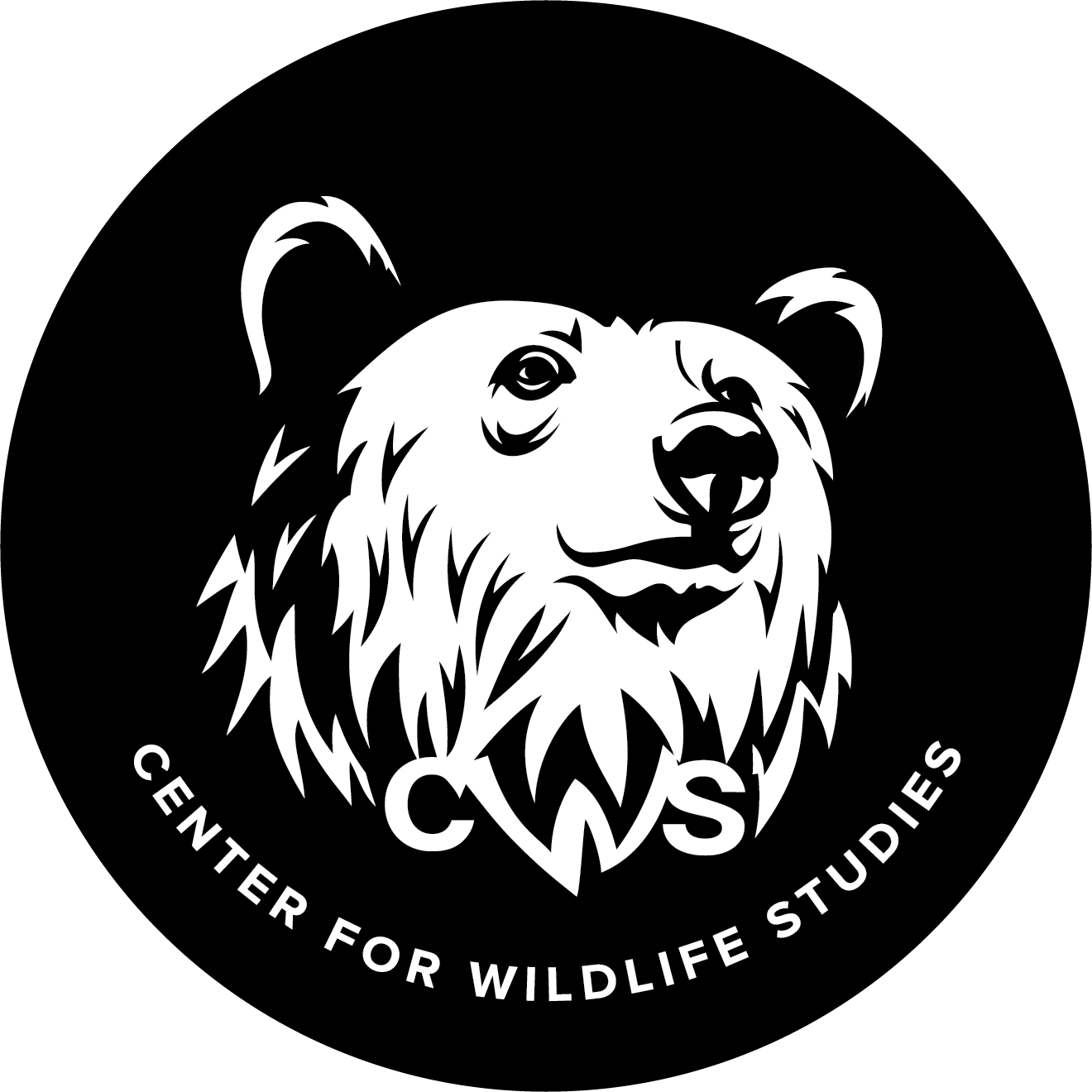Dr. Carmel Witte
Research Associate, Center for Wildlife Studies
Ph.D. Public Health with a concentration in epidemiology, University of California San Diego & San Diego State University
M.S. Animal Science, University of Maryland, College Park
B.S. Ecology, Ethology, and Evolution, University of Illinois, Urbana-Champaign
Carmel is a conservationist, wildlife epidemiologist, and public health professional with a diverse background that facilitates epidemiology research at the intersection of human and animal health. She is interested in how disease spreads through populations and uses different quantitative approaches to understand patterns of transmission from a One Health perspective.
This includes statistical modeling, spatial analysis and applied social network analysis with Big Data. She has several years of experience leading a zoo-based epidemiology program and publications that span a breadth of species and diseases. Her current research projects focus on modeling tuberculosis in animal populations. She has a concurrent appointment with the Animal TB Research group at Stellenbosch University where she conducts research, outreach, and supports graduate student training in One Health.
-
R Boot Camp for Ecologist and Wildlife Biologists
Introduction to Ecological Modeling in R
Wildlife Capture & Chemical Immobilization
Stable Isotopes in Mammalian Research
Wildlife Techniques
Stable Isotope Mixture Models
-
Cooke DM, Goosen WJ, Witte C, Miller MA 2022. Field evaluation of the tuberculin skin test for the detection of Mycobacterium tuberculosis complex infection in communal goats (Capra hircus) in KwaZulu-Natal, South Africa. Veterinary Immunology and Immunopathology. 252:110486.
Dwyer R, Goosen W, Buss P, Kedward S, Manamela T, Hausler G, Chileshe J, Rossouw L, Fowler JH, Miller M, Witte C. 2022. Epidemiology of Mycobacterium bovis in free-ranging rhinoceros in Kruger National Park, South Africa. Proceedings of the National Academy of Sciences, U.S.A. 119(24) e2120656119.
Witte C., Vaida F, Papendick R, Hungerford LL, Rideout BA, Fowler JH. 2021. Longitudinal social network analysis of avian mycobacteriosis incidence in a large population of zoo birds. Preventive Veterinary Medicine. 193:2021.105415.
Witte C, Fowler JH, Pfeiffer W, Hungerford LL, Braun J, Burchell J, Papendick R, Rideout BA. 2021. Social Network Analysis and Whole-genome Sequencing to evaluate disease transmission in a large, dynamic population: A study of avian mycobacteriosis in zoo birds. PLoS ONE. 16(6): e0252153.
Witte C, Hungerford LL, Rideout BA, Papendick R, Fowler JH. 2020. Spatiotemporal network structure among “friends of friends” reveals contagious disease process. PLoS ONE. 15(8): e0237168.
Dwyer RA, Witte C, Buss P, Goosen WJ, Miller M. 2020. Epidemiology of tuberculosis in multi-host wildlife systems: Implications for black (Diceros bicornis) and white (Ceratotherium simum) rhinoceros. Frontiers in Veterinary Science. 7:580476.
Boddy AM, Abegglen LM, Pessier AP, Aktipi A, Schiffman JD, Maley CC, Witte C. 2020. Lifetime cancer prevalence and life history traits in mammals. Evolution, Medicine and Public Health. 2020(1):187–195.
Watsa M, Erkenswick G*, Prost S*, Davis EO*, Moore C*, Kubiski S*, Witte C*, Ogden R*, Meredith A*, Ryder OA*, Steiner CC*, Phillips JA*. Owen MA*. 2020. Rigorous wildlife disease surveillance. Science. 369(6500): 145-147. (*Wildlife Disease Surveillance Focus Group)
Witte CL, Lamberski N, Rideout BA, Vaida F, Citino SB, Barrie MT, Haefele HJ, Junge RE, Murray S, Hungerford LL. Epidemiology of clinical feline herpesvirus infection in zoo-housed cheetahs (Acinonyx jubatus). 2017. Journal of the American Veterinary Medical Association. 251(8):946-956.
Witte CL, Sredl MJ, Kane AS, Hungerford LL. 2008. Epidemiologic analysis of factors associated with local disappearances of native ranid frogs in Arizona. Conservation Biology. 22(2):375-383.


